Structure ( Vol. 1 & 2 )
Author : Rajan Sankaran
- ISBN: 978-81-903378-8-5
- Cover: Hard Cover
- Pages: 1058
- Book Type: Print Edition
STRUCTURE – Experiences with the Mineral Kingdom ( Vol. 1 and 2)
HOMEOPATHY has evolved from a symptom-based to a systematic approach where each remedy is seen as a part of a group to which it belongs in nature, rather than as an individual entity. Each patient is guided to explore his innermost experience, or Sensation, where he speaks the language of nature. In order to recognize what language he is speaking, it becomes necessary to know the features of each kingdom and subkingdom in nature. For this purpose it becomes imperative to create a body of work that looks at the Materia Medica from a systematic point of view.
[read more]
After elaborating on his kingdom idea and the Sensation level, Dr Rajan Sankaran has been consolidating these with a look into each kingdom. This work is the second of a trilogy on the various kingdoms, the first being An Insight into Plants and the third being Survival (on the animal kingdom).
In the case of the Mineral Kingdom, the periodic table readily lends itself to the task of classification. Its seven rows and 18 columns can be understood, seen and experienced as stages of human development. Such an understanding leads us to prescribe new remedies with accuracy. Rajan’s recent explorations into the rows, backed by several clinical cases, provings and research, have thrown new light on the Mineral Kingdom that makes it significantly easier to recognize the remedies in practice.[/read]
Book Reviews – Homoeopathic Links – 4/2009, Page : 54
Reviewed by Dr. Joseph Rozancwajg, MD, PhD, NMD, New Zealand
As he did with the plant kingdom in “An insight into Plants”, Sankaran now studies the mineral kingdom, using the Table of Elements the way Scholten pioneered.
When I started reading this book, I was weary it would be a revamped copy of Scholtens work; and in a way it is, but with such a difference in presentation and explanation that it seems even I understood it.
[read more]
It starts with a condensed and summarized study of the rows and columns that puts clear foundations to what is to follow. Then each row is considered, with each mineral described, as well as many salts, and often a clear explanation of their differences. As is usual with Sankarans work, he uses rubrics from all the repertories to confirm his findings, showing, as Scholten did, that this way of looking at remedies is not a magical hat trick, but is grounded in the provings and practices of homeopaths; the way of looking at them though, is different.
With extensive cases to illustrate the remedies, interspersed with explanations as to how and why he arrived at that specific prescription, we have on top of a materia medica a nice collection of the use of the Sensation method and the use of gestures to get to the remedy.
That is where my personal problem resides: although I think I understand what Sankaran teaches, I could never apply his method of questioning to my patients: all I got was at best funny looks, and often “didnt ya hear what I just told ya, mate?” reactions; as for the use of gestures, I wonder how Rajan would treat Italian patients, or some very immobile Nordic patients?
Does that make his books useless? Certainly not! This approach has widened and expanded the understanding of many remedies. For example, reading that the Natrum patient expects things to be done without him or her asking and is distraught when it does not happen created the reaction “of course, how didn’t I see that before!”, and many more like that.
The book ends with tables that are a very good summary of the Kingdoms approach and the stage of life of each specific mineral.
Roger Morrison has included a chapter that attempts to classify minerals according to Sankarans miasms, clearly pointing the difference between those we are certain about and those that need more investigations. A short chapter about metals in paediatric prescription by Patricia Le Roux is also included.
The practitioners who use Sankarans methods will definitely need this book; those who don’t will also need it for a deeper understanding of our remedies.
Another modem classical.[/read]
Book Preview :
Related products
₹699.00
₹999.00
₹2,600.00

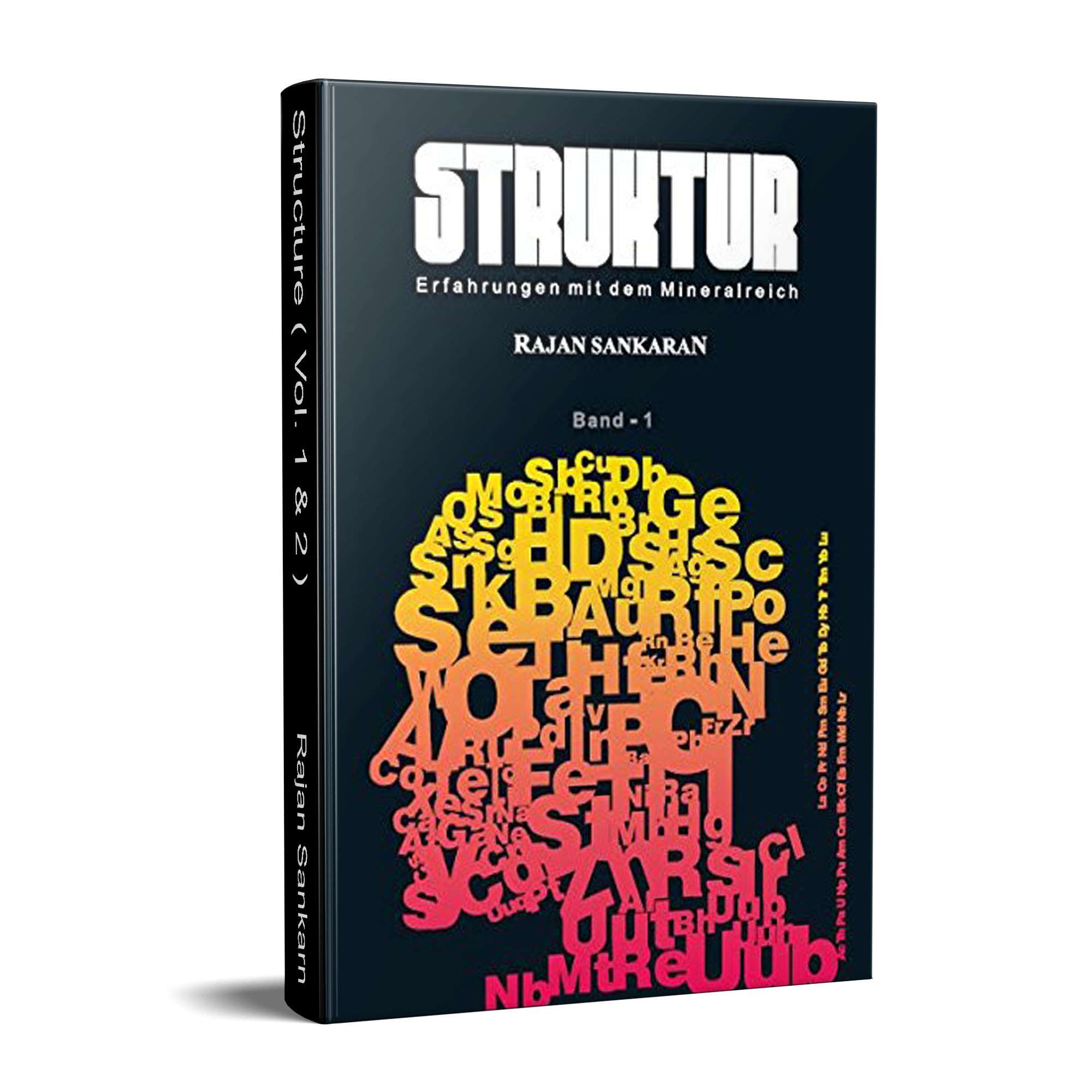
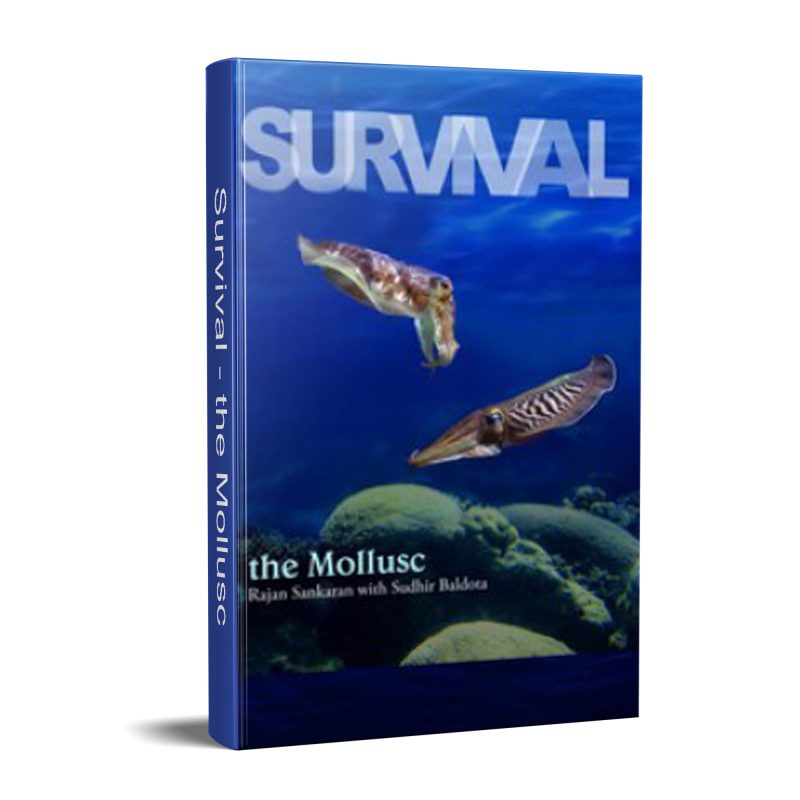
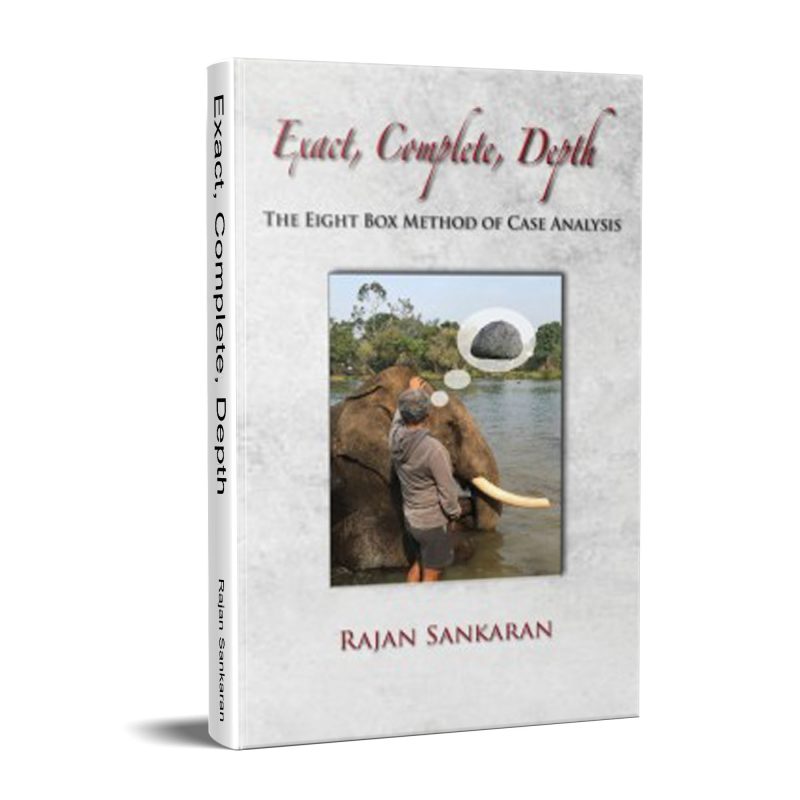
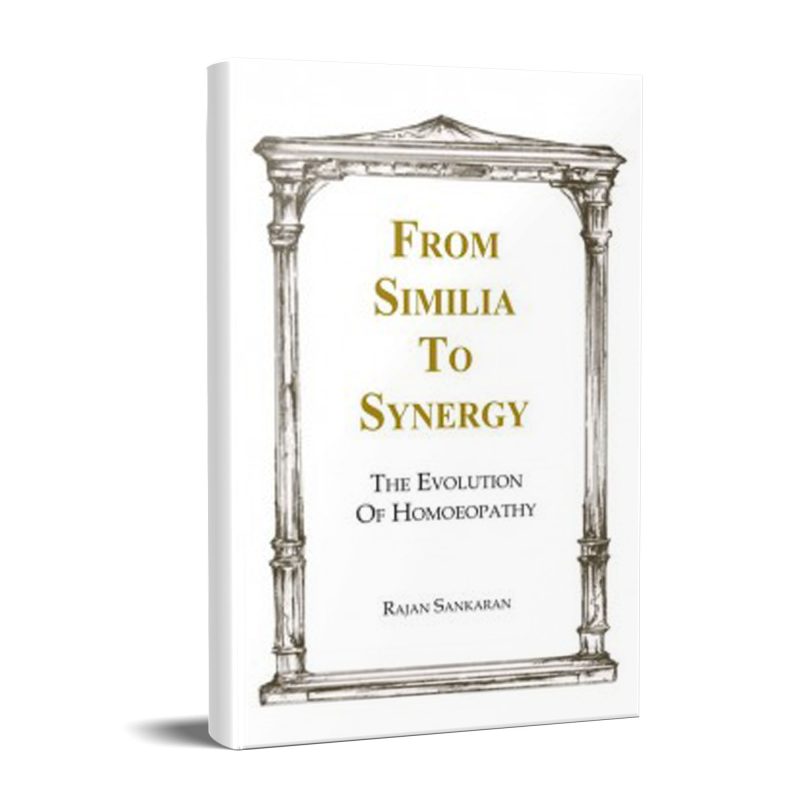
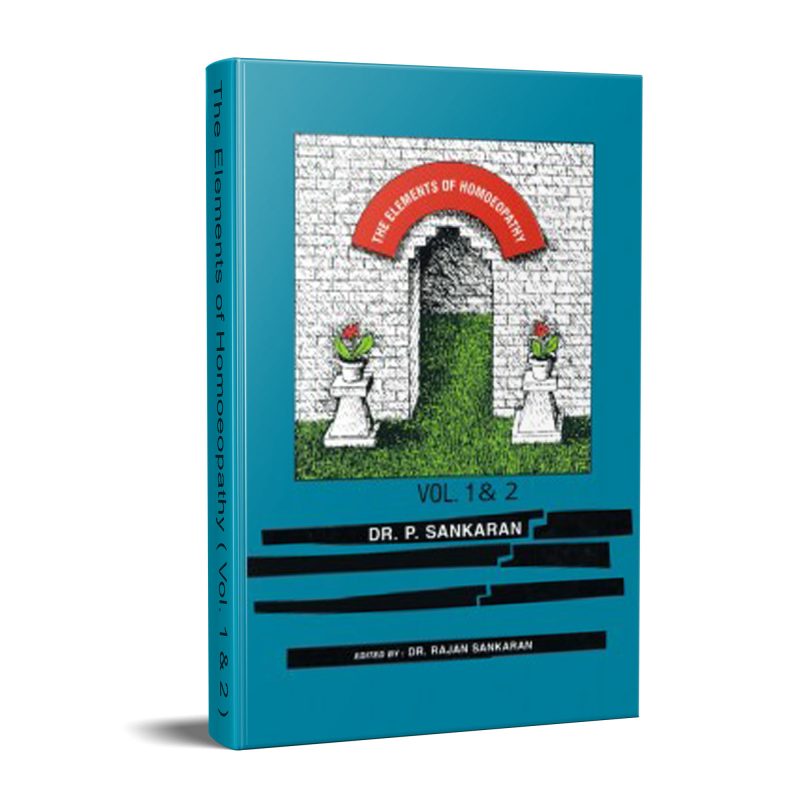
Reviews
There are no reviews yet.